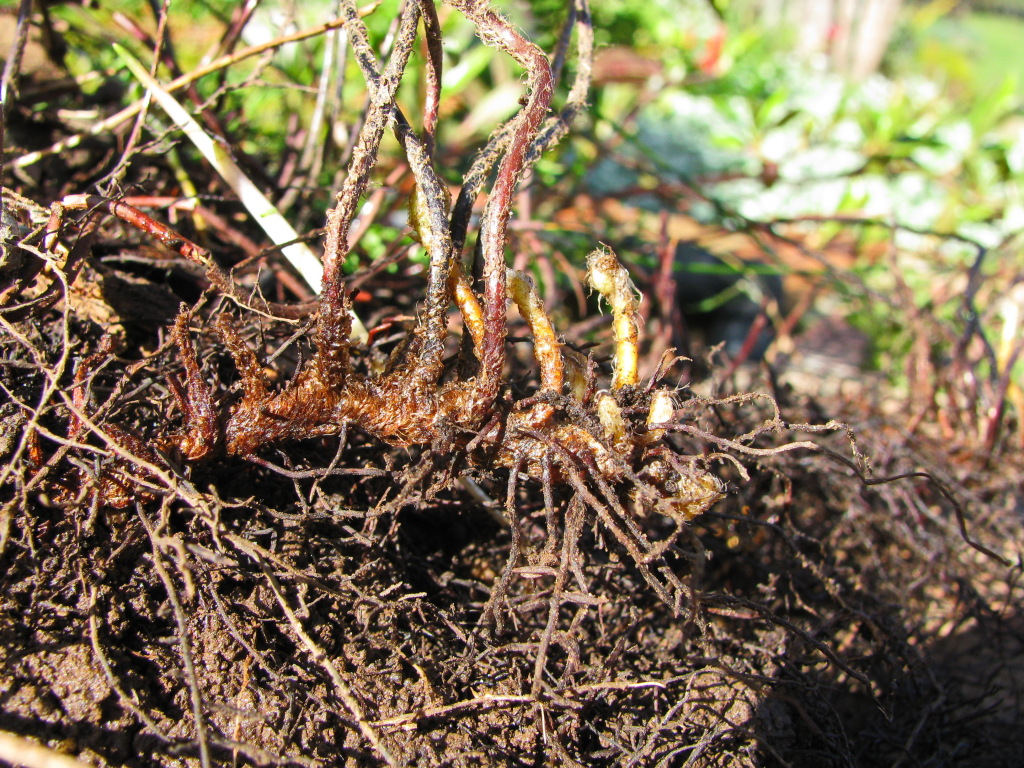Cheilanthes austrotenuifolia
H.M.Quirk & T.C.Chambers Rock FernRhizome short, creeping or semi-erect; scales narrow, pointed, pale but becoming uniformly darker. Fronds close together along rhizome or clustered at tip, variable in colour and size, erect or drooping, 2–45 cm tall, 3–10 cm wide at broadest point; sterile fronds slightly broader and flatter than fertile ones. Stipe shorter or longer than lamina, fine to coarse, brick-red to brown; scales scattered, pale, narrow to hair-like. Lamina broadly or narrowly triangular to ovate, 3-pinnate, glabrous above, with a few scattered hairs below; rachises and midvein undersurface with pale, narrow scales, to 1 mm long, which taper to segmented hair-like tip, and a few hairs. Pinnae relatively close together; pinnules with shallow lateral lobes and long terminal segment. Sori partly enclosed by reflexed, crenate margin of shallow lobes of pinnules; spores spherical, black.
LoM, MuM, Wim, GleP, VVP, VRiv, GipP, OtP, WaP, Gold, CVU, GGr, DunT, NIS, EGL, EGU, WPro, HSF, HNF, OtR, Strz, MonT, VAlp. Also WA, SA, NSW, ACT, Tas. Usually growing among rocks, in crevices or around boulders, but also on slopes and in valleys of open-forest, along streams, and in scrub. It spreads by means of a creeping rhizome as well as by sexual reproduction.
Entwisle, T.J. (1994). Ferns and allied plants (Psilophyta, Lycopodiophyta, Polypodiophyta). In: Walsh, N.G.; Entwisle, T.J., Flora of Victoria Vol. 2, Ferns and Allied Plants, Conifers and Monocotyledons, pp. 13–111. Inkata Press, Melbourne.
 Spinning
Spinning



